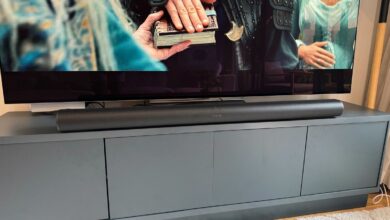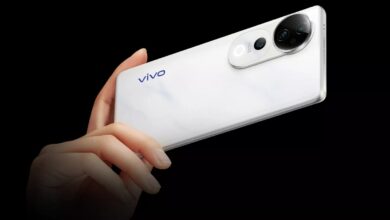Facts: Why the new standard could derail the future of smart homes
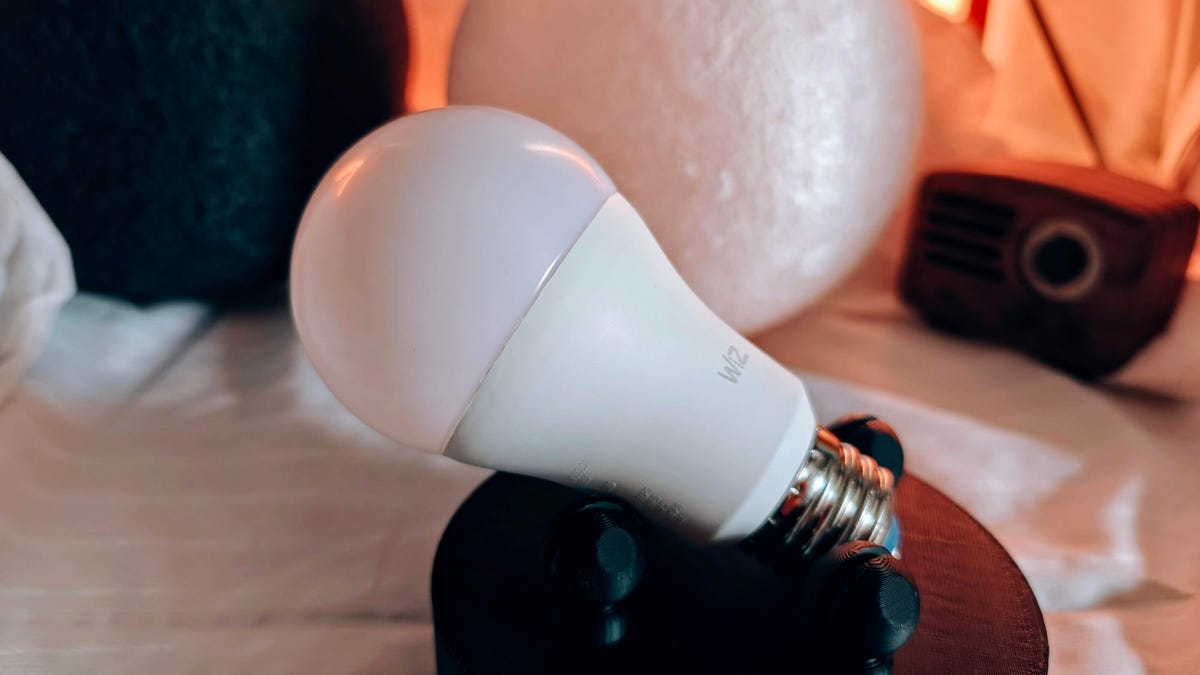
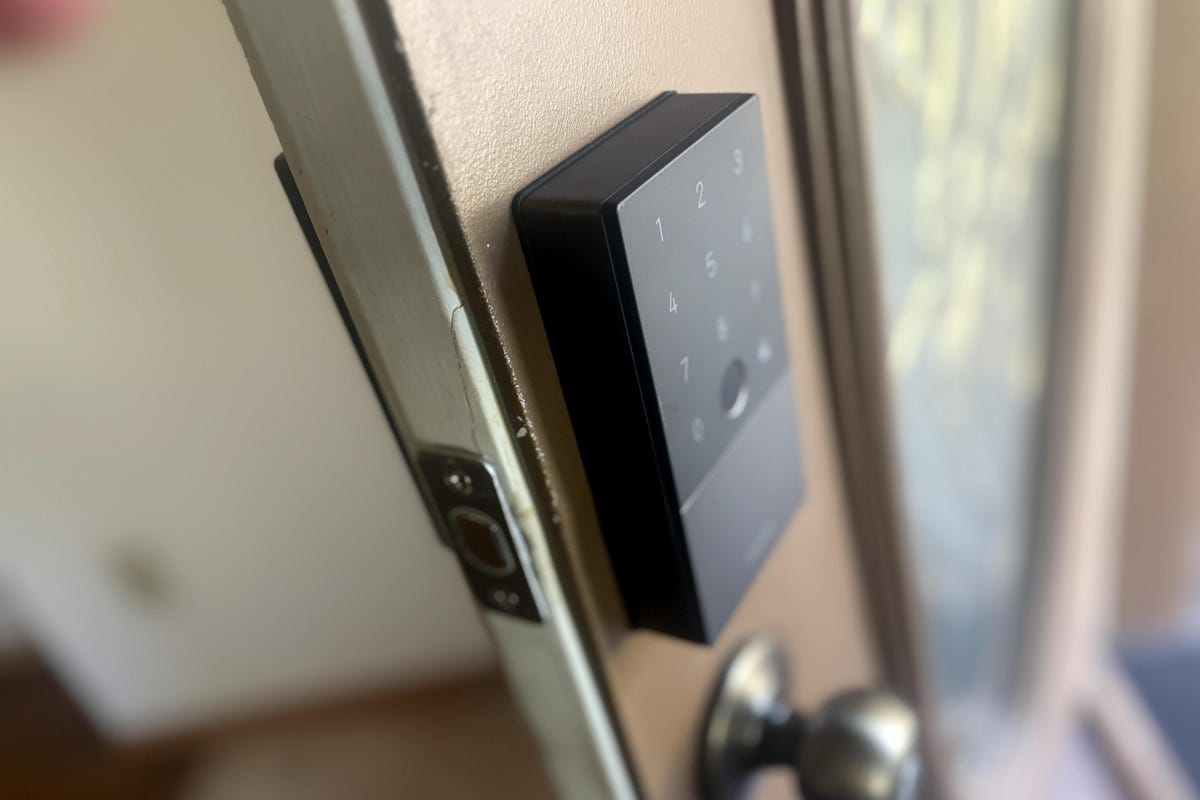
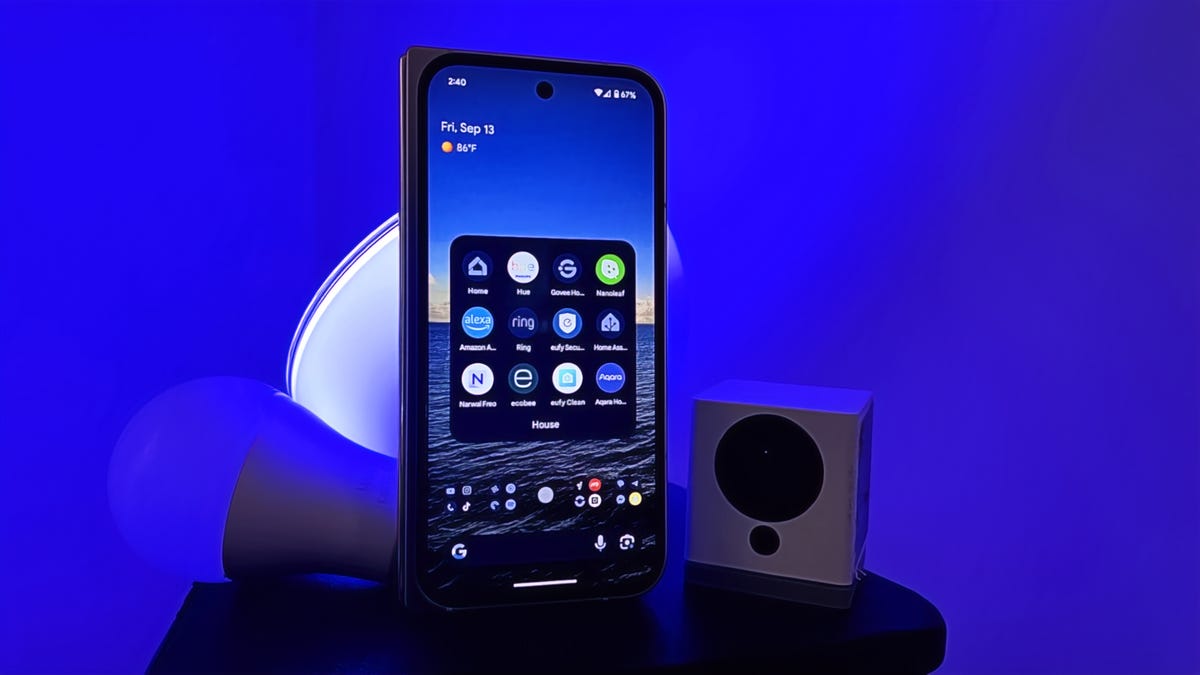
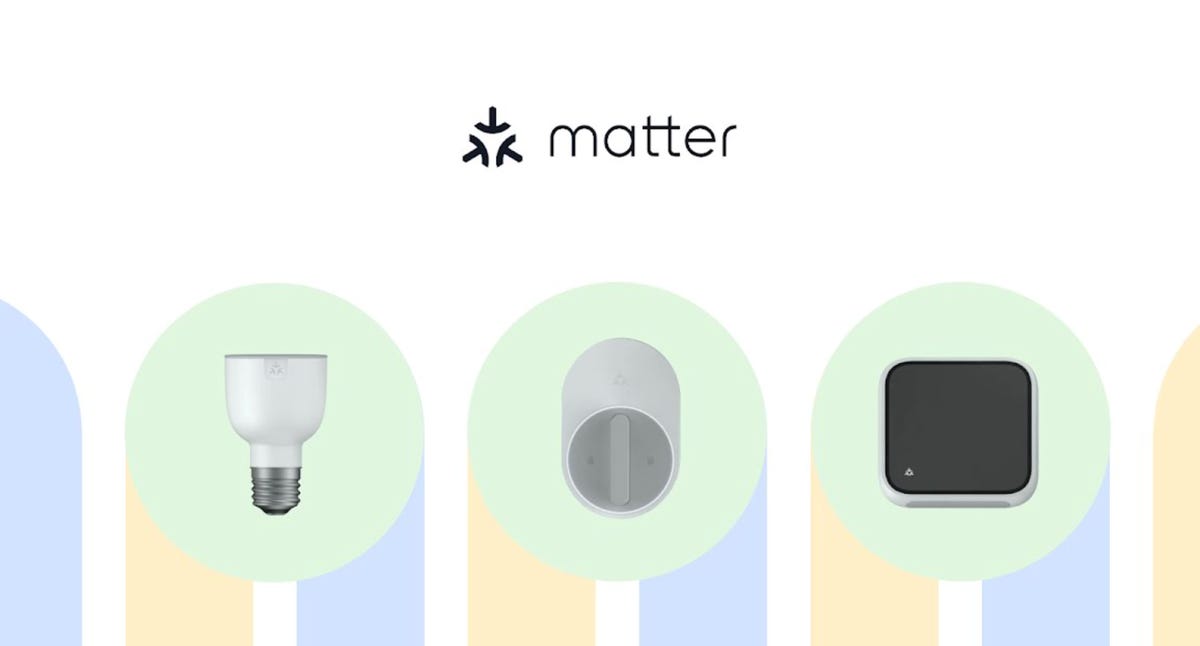
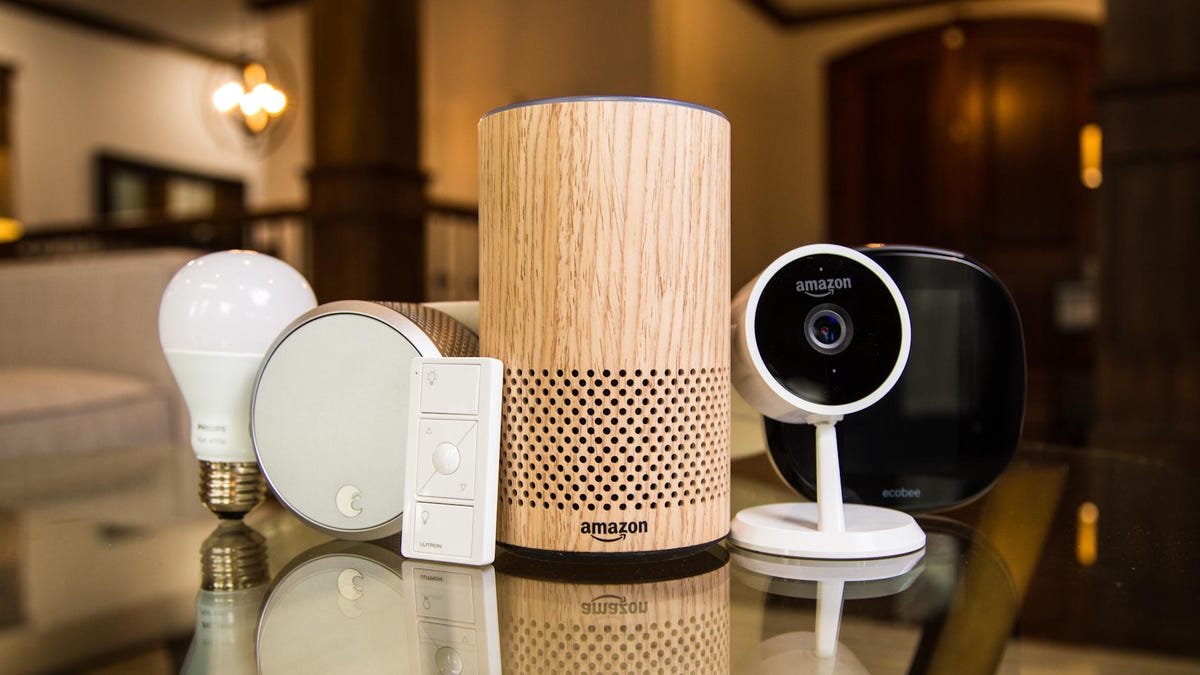
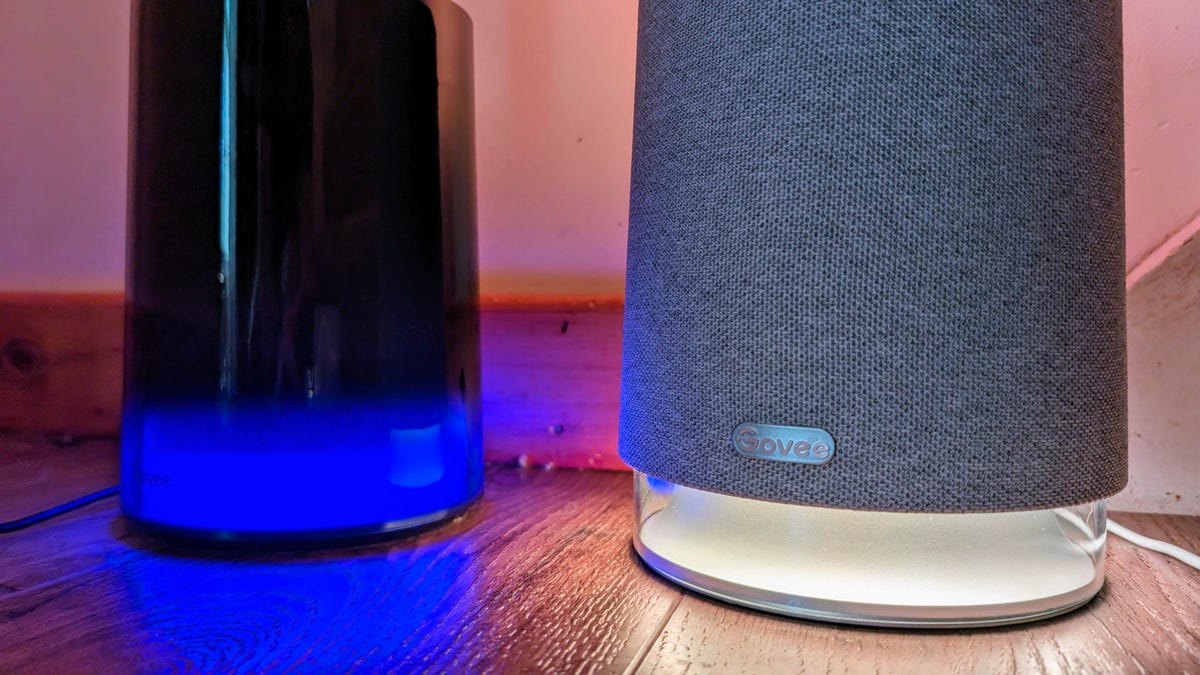
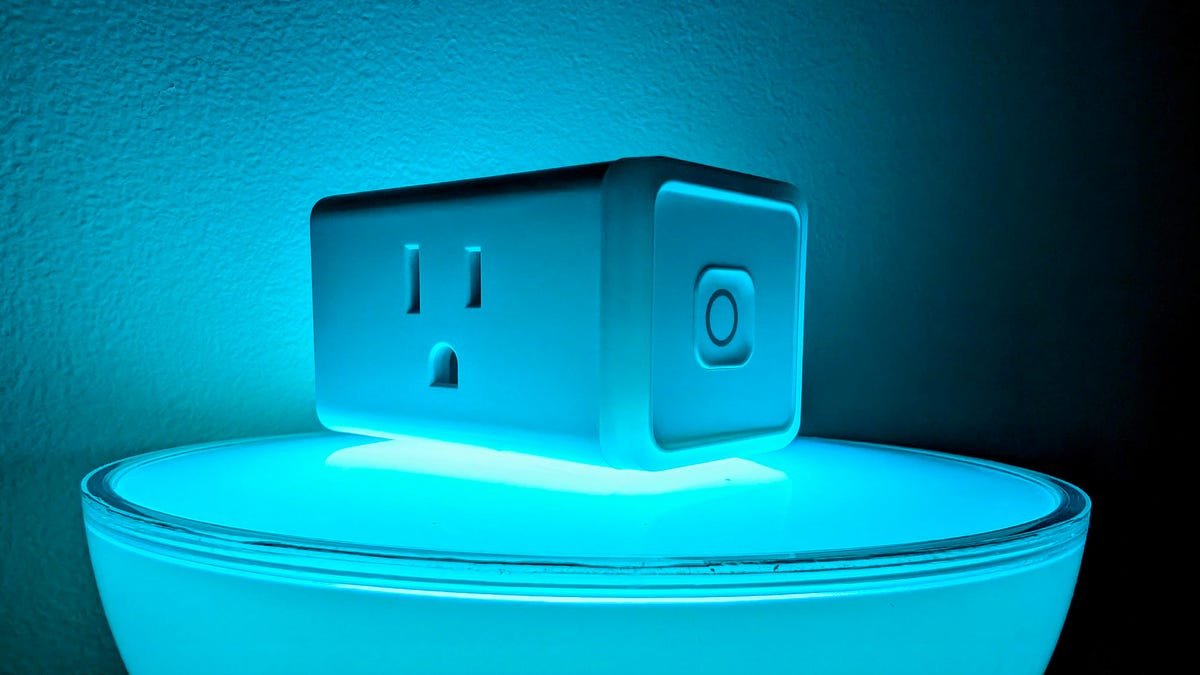
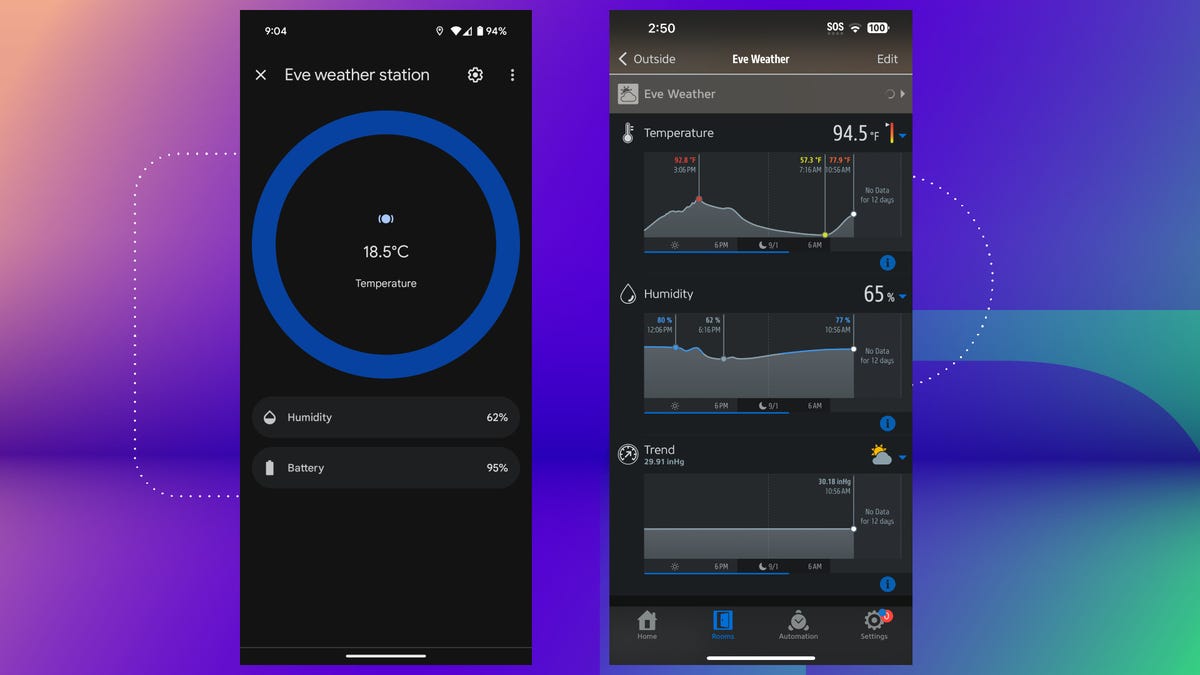

The promise of a connected smart home is something that fans of science fiction TV or movies have dreamed of for decades. But for a long time, setting up a smart home was technical, expensive and not particularly intuitive. Much of this has changed as technology has improved both for the hardware and internal software. These advances and increased competition in the category have also helped reduce the cost of smart home devices, opening up new opportunities.
With access to a wide range of smart home devices, the next part of the equation that needed improvements was connecting to hubs and then managing them. For years, there was a lot of back and forth debate within the standards community about the best technology to connect every device to a central control point. Now there is a single standard that everyone works towards: matter. But the universal connectivity standard could do more harm than good to the smart home space – at least in its current form.
Matter’s limitations on giving users access to all or most features of a device risks turning users away from smart homes entirely due to the expectations set by the product and Matter’s inability to deliver on those features to make.
How we got here
Before Matter, Zigbee and Z-Wave were, for the most part, the two main forms for connecting smart home devices and other IoT products to some sort of hub. The hub could be dedicated to the products of a specific brand, such as Philips Hue. Back then there were more neutral options and they could work with a range of brands such as Samsung SmartThings, Home Assistant, Homey, Hubitat and more.
Options like SmartThings allow device manufacturers to design their products to work over Zigbee or Z-Wave and also ensure they are certified to work with the SmartThings hub. Now the manufacturer can focus on its products and not have to worry about how a customer would operate the device.

But once Wi-Fi technology improved, IoT makers could create self-contained ecosystems of devices and software using a mobile app. Luckily, most brands haven’t removed the other options from Zigbee and Z-Wave, so you could still connect it to third-party hubs like Home Assistant.
By leveraging Wi-Fi, manufacturers have been able to offer product features that were previously not possible, such as music-responsive lighting, moving light scenes, weather tracking, and more. Owning all the components of the device and software helped brands differentiate themselves from others, but it created chaos for users.

While more smart home brands are great for consumers, all apps are not.
The chaos comes from having a phone full of different smart device apps. Unless you only bought one brand of device, you’ll need an app for each device. Well, if you want to take full advantage of what the device is capable of. Then we started to see Google, Amazon and Apple start working on solving this problem.
Although Apple got into the smart home game later than the other two, each brand has tried to create a relatively open platform to manage all your smart devices in one place, usually regardless of brand. This is what Google Home, Amazon Alexa and Apple HomeKit are all about. To be a place where you can manage all your smart devices in one place.
Of course, every brand wanted to be unique in some way. This leads to more chaos because sometimes a device works with Google and Amazon, but not with Apple or vice versa. The proposed solution is matter.
Matter can connect everything, but that’s it

Matter’s goal is to provide a unique communication standard for smart devices that significantly expands connectivity options. Basically, if something is Matter certified, it can be connected and controlled by any Matter controller, whether it’s an app like Google Home or Amazon Alexa, a smart speaker like the Apple HomePod Mini or the Nest Hub Max, or some other special hub such as Samsung SmartThings or Aqara.
Since its release on October 4, 2022, Matter 1.0 has grown to support hundreds of product types, including smart bulbs, smart plugs, fans, locks, refrigerators, and washing machines. It’s no surprise that the platform has grown as quickly as it has since gaining the support of major brands like Google, Apple, Amazon and Samsung.
So far everything has sounded pretty good, and in the grand scheme of things it has. But the ease of use and effectiveness of Matter in its current state is also part of the problem.
Matter dumbs down most smart home devices

If you buy an off-the-shelf device at Best Buy with a Matter certification sticker on it, connecting it to a Matter controller is easy. For most products, the process typically involves turning on the device and scanning the Matter QR code with the controller app of your choice. Voila, you’re done!
Let’s say the device you connected is a smart bulb. Now you can start controlling the device and setting up various automations exactly as planned. But you’ll find that in the Matter controller app, like Google Home, you only see options to control power and brightness when the packaging advertises all kinds of fun effects, color changing options and more. It’s probably false advertising, right?

Govee floor lamps offer a unique lighting option for your home that goes beyond traditional styles.
Unfortunately that is not the case.
If you were to download the device’s dedicated app, you would see all those advertised options. But if you have more than one brand of smart device, say a light bulb from Govee and a smart plug from TP-Link Kasa, you’ll need two apps to access all the features, instead of the app you were using Matter. This not only creates clutter on users’ phones, but also confusion as you have to remember which device goes to which app.
But using Matter to control all this causes some disappointment. It’s disappointing because you got something you were excited about from the ads and saw it with a friend or on TV, only to go and use it and it’s much more limited than you thought.

Smart plugs are a quick and easy way to remotely control not only appliances, but also automations.
Unfortunately, this problem is not the fault of the device or app you connect it to. It is a limitation of the subject matter. The subject matter is growing, but currently that growth is mainly focused on expanding basic device support. While it’s great to add more products to the standard, if the promise of a device and the reality are vastly different, there’s a lot of potential to do more harm than good to the smart home space.
For some devices, such as a regular light bulb, it’s fine to just control the power and brightness. But for something like the Eva again which can track temperatures, humidity and barometric pressure to provide accurate readings and even predictions, you’ll want access to all the features. But that’s not what you get when you view Eve through a Matter controller.
Below is the difference between what you see on the Eve Weather device in Google Home (left), connected via Matter, and the Eve app.

Connecting a smart device through Matter not only limits the data and features available, but also limits the ability to update settings.
Aside from the fact that the temperature is in Celsius (I live in the US, so I prefer Fahrenheit), you can see the bare minimum amount of data accessible through Matter. It’s a similar experience when using door locks, humidifiers, and other popular smart home devices
Matter can still be the smart home savior

The Apple HomePod Mini is a great gateway to starting a smart home for people in the Apple ecosystem because it provides access to Siri and is a Thread border router.
Can you connect a Matter-certified smart device to a Matter controller? Yes. Can you control that device? Also yes. But that’s pretty much where the experience ends. Is that enough to be considered a win for the standard? No, and I don’t think the Connectivity Standards Alliance believes it to be so.
Personally, when I look at the smart home device landscape, Matter has little impact on whether I buy a product – at least as of today. Despite how much disdain I have for the sheer number of apps on my phone, 38 of them, I can’t bring myself to buy or recommend a product with Matter as a deciding factor.
As it stands now, I worry that newbies to the smart home could be locked out of their smart devices due to Matter’s limitations. Too often, the packaging and advertising create high expectations for a product that just arrives at home and works at about 25% of what is actually possible.
The right expectations need to be set by both product manufacturers and those who make Matter controllers, Google, Amazon, Apple and others. By doing this, users can make better decisions about what to buy and understand what they will or won’t get if they plan to use Matter to control the device. Matter can make smart devices more accessible, but it must be done responsibly.


